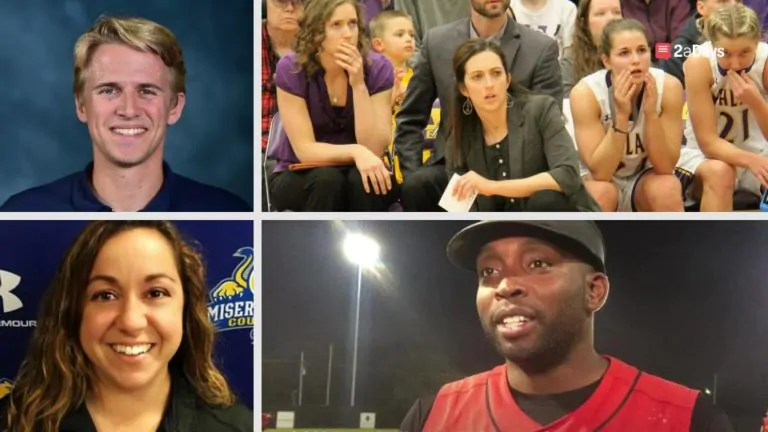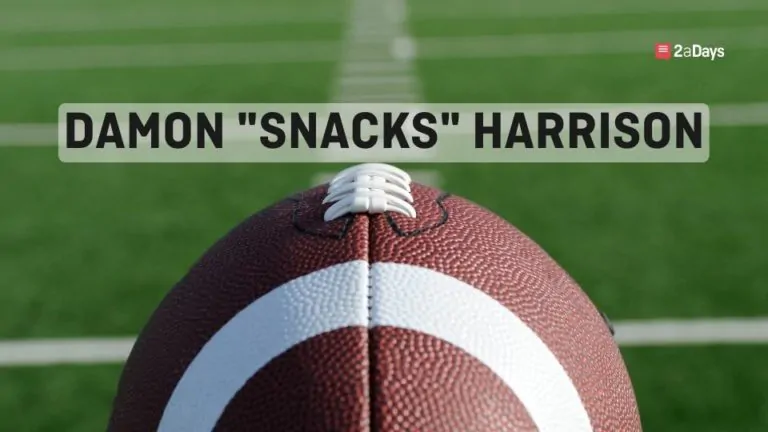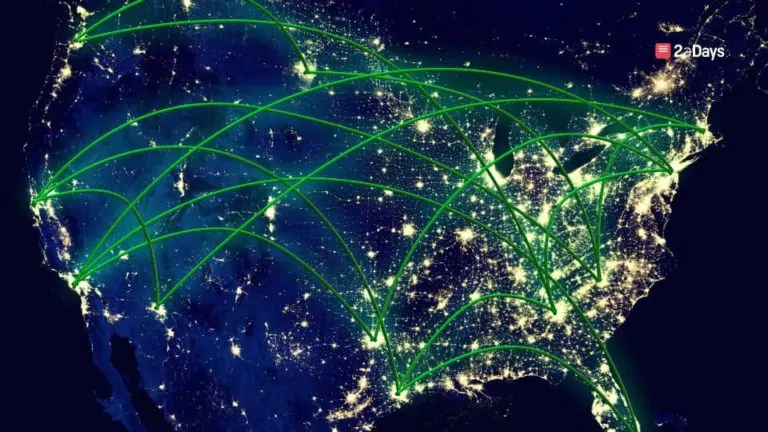With the NBA draft coming up, it's crucial to distinguish rule changes made by the NCAA late last year that will have key implications for current prospects. Specifically, college student-athletes will have more flexibility and options given to them regarding exploring the draft and returning to college.
According to the NCAA, “college basketball players can be represented by an agent beginning after any basketball season if they request an evaluation from the NBA Undergraduate Advisory Committee.” Previous to this rule change, college athletes were not allowed to have such agent representation because the NCAA wanted to keep the image and reputation of their athletic competition being amateur rather than on a more professional level. However, with this change being put in effect immediately, it highlights the NCAA shifting toward a mindset that emphasizes giving their player's more resources that could help them achieve their dreams of playing in the NBA.
Per this rule change, “once an agreement is signed with an agent, high school and college student-athletes and their families can have meals, transportation, and lodging paid for by the agent if those expenses are associated with meetings with the agent or a pro team.” A crucial catch in the rule, however, is that the athlete is not allowed to miss class for these agent or pro team meetings, maintaining the NCAA's emphasis on academics for student-athletes.
Agent representation is becoming standard across other professional leagues overseas for young players coming out of schooling, and it can only help the quality of professional play by giving more representation to current college prospects. This is especially true for student-athletes who may not have the same tools or marketability as a lottery pick like Zion Williamson. At schools that are not traditionally known for funneling highly skilled players into the NBA, athletes with immense talent could have easily been passed over before the implementation of this rule because they didn't have the option to be represented and marketed for the draft by an agent. This rule gives those players from Division 1 schools who may not make March Madness or be broadcasted frequently on national television but are deserving to be in the NBA.
The idea of agent representation is one that is popular amongst current college basketball players, and rightly so because having an agent gives more players access to being scouted by NBA teams. Deshon Parker, a guard for James Madison University states-
“I like the idea, and I'm 100% for the rules. I think as a player, it is nice to explore NBA options and see what NBA scouts think of you and get some feedback on the things you may need to work on. This allows the player to go back to school (if he chooses to) and work on those things for another year before fully declaring for the draft.”
Parker brings up an important point of seeing where exactly you stand in your draft class without officially having to declare for the draft. This is especially useful for young players who want to go pro at some point but are unsure if they're going to say fresh out of their first year playing college basketball. This rule allows them to have an agent representing them and market them to NBA teams to schedule workouts or attend combines to measure themselves up against the entire draft class. They can also use these sessions to get a sense of where they stand and garner feedback from professional teams on how they can improve their game. Then, if they think they can return to college and hone in on those skills with this feedback to later officially declare for the draft, the can do so even after having signed a deal with an agent. Previously, this was not allowed under NCAA rules, meaning players who were unsure of whether they wanted to declare had no marketability through agent representation, while top prospects wouldn't necessarily need this representation because their gameplay would market itself through national television and spotlight.
The second, and arguably more influential part of the rule change, is allowing players who go undrafted to maintain college eligibility and return to their university the following year. Before this rule change, it was entirely possibly and sadly not uncommon for a fringe player, one who was hovering around the 60th pick, to go undrafted. At that point, they would neither have the opportunity to play for an NBA team nor return to their college even if they were not a senior. For this reason, many of these fringe prospects would have to remove themselves from the draft on a preset deadline well in advance of the draft itself to maintain their college eligibility. Thus, they never actually find out if they would have been drafted unless they were willing to take the monumental risk of going undrafted and losing the ability to play in both the NBA and college.
Fortunately, the NCAA addressed this issue and will now allow, “college basketball players who request an Undergraduate Advisory Committee evaluation, participate in the NBA combine and aren't drafted can return to school as long as they notify their athletics director of their intent by 5 p.m. the Monday after the draft.” They must also have participated in the NBA Combine. There are steps that athletes must take to be able to return to college if they are undrafted, but ultimately, it lets them test their options and see if a team can draft them before they have to decide whether or not they want to be able to return to college basketball. One of these steps that should stand out is the Undergraduate Advisory Committee evaluation. This was not previously required for college players who declared for the draft. The intention behind including this as a requirement for maintaining college eligibility is to help the athletes make informed decisions. Traditionally, this evaluation by a credible committee gives a prospect an estimation of where they stand in their draft class and a projection of at which slot they could be drafted. This is valuable information that was previously not required. This rule will help prospects, especially those on or close to the fringe, meticulously think out their options and make the best decision possible for their future career.
In general, these changes are supported by college athletes, because it merely gives them more flexibility and less risk when exploring their options about going pro. Stanley Taylor, forward for Columbus State University, shares his thoughts –
“If the NCAA placed a rule in effect that allows players to explore the NBA draft and potential other pro basketball leagues with the option to return to school, it would be significant to the development of the game of basketball as a whole. Meaning, if college athletes can sign with agents and shop themselves to teams and clubs without the consequence of losing their college eligibility, players will get chances to better themselves at their own risk. Signing with an agent and going to pro workouts to get a feel for the next level would be a great opportunity to see where your game stands. If you feel you can play and maintain playing at this higher level, then go for it. Also, if you feel that your game is not as developed and want to go back to school and potentially earn your degree while improving your game, that is a good option as well.”
Both Taylor and Deshon Parker share similar sentiments on the key aspect of risk aversion that this rule change provides to student-athletes. College basketball players agree that it could only help to have more options and flexibility during their college careers to make better and less risky decisions on declaring for the draft and returning to university. Allowing agents also contribute to increased marketability and recognition, as well as integration into the professional basketball system, for players who may be deserving of being in the NBA but may not have the tools or resources to do so.
Seemingly the only major flaw with this rule change, however, is that it only applies to Division 1 basketball players. While this may seem reasonable given that they are traditionally the only players good enough to make the NBA, there are players at DII and DIII schools who went there for reasons other than not having the opportunity to play for a D1 college. Since these are also players more likely to be on the fringe, it seems unfitting that the rule doesn't apply to them as well, as they would have to take the most risk and the most difficult steps to declare for the draft in the current settings. While few in numbers, there are undoubtedly players who have the potential talent to be in the NBA but are currently at lower division colleges for reasons such as being offered a better financial package or playing time. Without being able to sign with an agent, it is rare they ever get noticed by NBA teams or have access to workouts and combines, and that only makes declaring that much riskier, as they do not have the option to return to college if they declare and go undrafted.
Overall, the NCAA rule change allowing Division 1 players to sign with agents and declare for the draft while still maintaining eligibility to return to college. If they go undrafted is a popular one that has been a long time coming. It reduces risk and increases flexibility for college athletes, specifically fringe prospects, while also increasing the marketability and recognition of players who otherwise wouldn't have that option without being represented by an agent. The only negative aspect of the rule arises for the few lower division basketball players who have the talent but not the resources to go through the process of being drafted by an NBA team.
* Originally published on July 22, 2019, by Nikhil Patel







